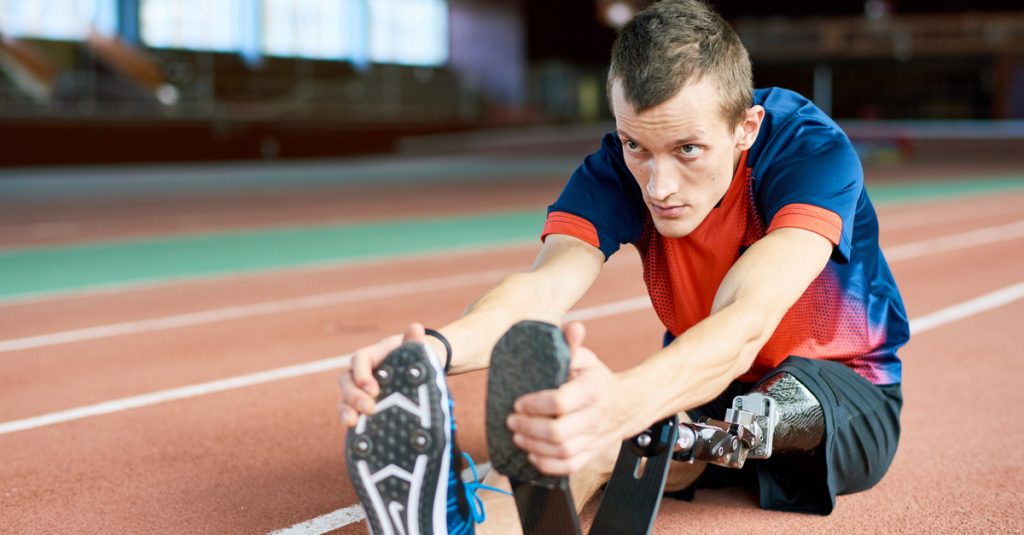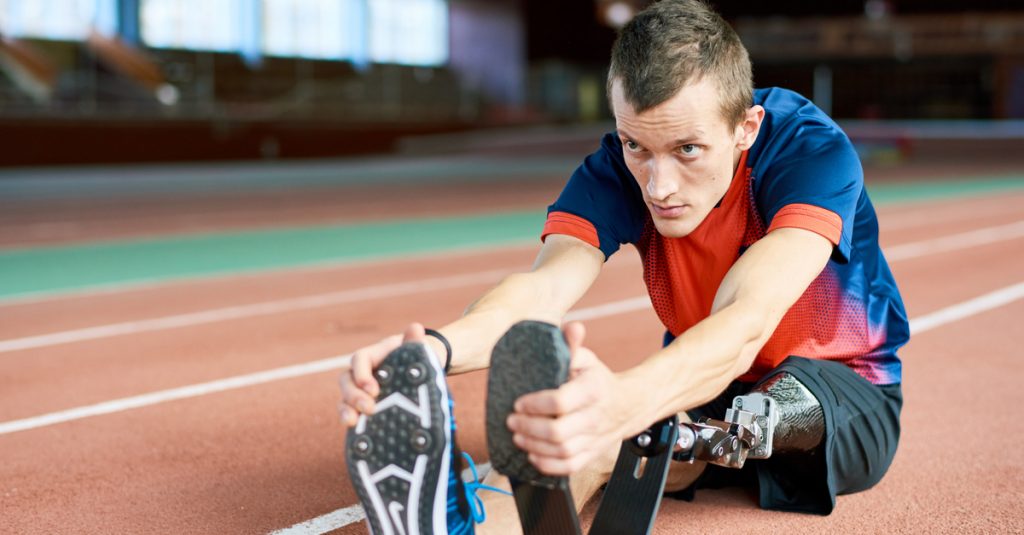One thing amputees want to do once they heal up and recover is to get back in shape - or get in shape for the first time! But they think, “Well, I can’t do this,” or, “I’ll never get back in the gym,” or, “There are certain things I just won’t be able to do.”
Of course, none of that is true! You can do it - you just have to do what everyone has to do when they want to get in shape: figure out the best way to do it.
Here’s some help with getting started.
Understand Your (Lack Of) Limitations
If you’ve just recovered from limb loss, or you have just become an amputee, you may think that there will be things you can’t do.
Fortunately, many people have gone before you and have proven that idea wrong. One of our patients, Noah Galloway, competed on Dancing With the Stars and was a part of a team that tackled the 16,024-foot Carstensz Pyramid in India.
Amputee Shaquem Griffin is a one-handed linebacker who will hear his named called during the NFL Draft and will achieve his dream of playing professional football at the highest level.
The list goes on and on. You can do anything you want, as long as you have the will to do it. Technology will help, but you must have the knowledge that you can if you want to.
Identify Your Goals and Motivations
Why do you want to get in shape?
You need a good reason. Whether you’re doing it for yourself because you want to feel better, or you’re doing it for your family because you want them to have a healthy mom or dad, the motivation behind why you’re getting in shape has to be worth doing the hard things you’ll have to do.
Understand what motivates you, then create goals around that motivation. Make these goals specific and timely. Tell yourself what you want to do and when you want to have it done. Give yourself a deadline.
Start Small and Work Your Way Up
One mistake some people make while getting back into physical activity is trying to do too much, too soon. We have a patient named James Cook who is still healing from his below-the-knee amputation. He has gotten back in the gym, but he’s taking it slow so he can let his body continue to recover and heal. He’s also learning how to move around in a gym and use proper form with a prosthetic device.
It’s okay if you have to take your time. Don’t rush it. Let your body slip back into the flow of moving around and being physical. Over time, as you adjust, you can pick up the pace and do more.
Pick Activities You Will Enjoy
This last piece of advice is perhaps the most important one. When getting into physical activity, don’t do something just because you feel obligated to, or because someone told you to, or because everyone else is doing it.
Pick a physical activity you enjoy. That will go a long way toward ensuring you stick with it and succeed.
Don’t like lifting weights? You don’t have to. You can walk, jog, or run. Or maybe you want to swim, or go hiking, or ride a bike. (And if you want to get into the gym and lift weights, you certainly can - there’s nothing that can hold you back.)
If you find something you like doing, you’ll get in better shape faster than you would if you were doing something you don’t enjoy.
The big key to getting into shape is to identify what you want and then plan how to get there. With the right motivations, goals, pace, and plan, you can take charge of your health and get into the shape you’ve always wanted - even after limb loss.
Contact the team at BioTech for more information on recognizing your possibilities!

